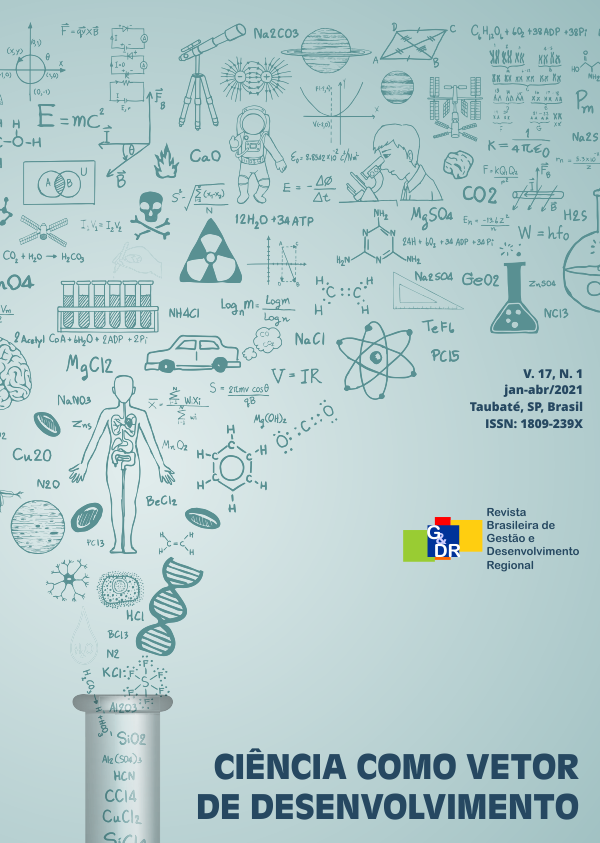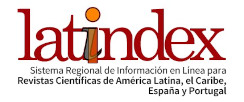SUSTAINABLE REGIONAL DEVELOPMENT INDEX APPLIED TO MUNICIPALITIES OF THE CARIRI METROPOLITAN REGION
DOI:
https://doi.org/10.54399/rbgdr.v17i1.6166Keywords:
Sustainability dimensions. Cities. Development level.Abstract
Sustainability indices or indicators have been useful for measuring and evaluating the development of territories and organizations. The present paper aimed to compare the level of sustainable development achieved among the nine cities of the Metropolitan Region of Cariri, Ceará (RMC), via environmental, economic, and social indicators. The updated data were selected based on the IDS BRASIL (2014) of the Brazilian Institute of Geography and Statistics (IBGE), and acquired through IBGE platforms like IPECE yearbook and Atlas Brazil. The data were normalized, facilitating the comparison of performance in the various dimensions of sustainability. After being transformed into indices, the values were classified into: critical, alert, acceptable or ideal. The set of basic information that involves income and labor, education, health, safety, infrastructure, access to public policies of income distribution, drainage, sanitation, urbanization, vegetation, yields, among others, and their respective performances, were then compiled and averaged per city. The most developed cities of the region are Juazeiro do Norte, Crato and Barbalha, in this order. Santana do Cariri is the city that needs more attention regarding its development.Downloads
Published
2021-03-21
How to Cite
Lima, M. T. V., Silva, M. I. da, Oliveira, C. W., Firmino, P. R. A., & Souza, J. dos S. (2021). SUSTAINABLE REGIONAL DEVELOPMENT INDEX APPLIED TO MUNICIPALITIES OF THE CARIRI METROPOLITAN REGION. Revista Brasileira De Gestão E Desenvolvimento Regional, 17(1). https://doi.org/10.54399/rbgdr.v17i1.6166
Issue
Section
Artigos
License
Authors who have their papers accepted and published in the Brazilian Journal of Regional Management and Development must agree to the copyright policy CC BY https://creativecommons.org/licenses/by/4.0/.
If the article is accepted for publication, the copyright is automatically assigned to the Brazilian Journal of Regional Management and Development.

















